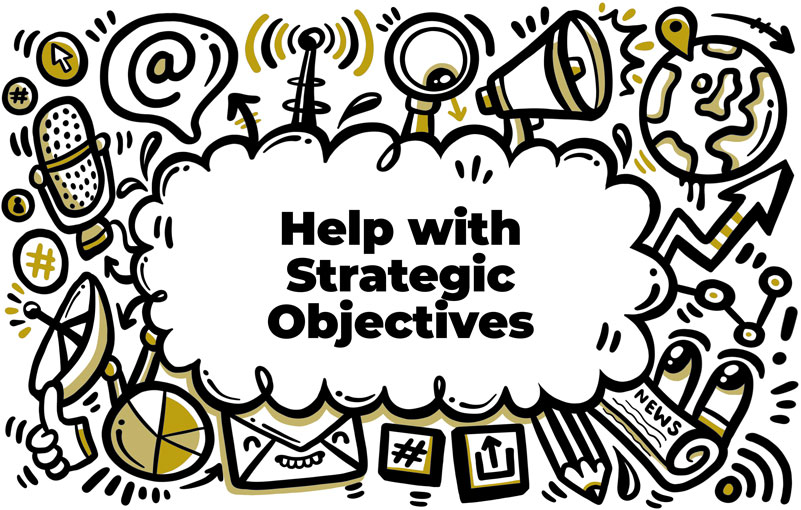Choose the Right Theme and Customise It
One of the first steps to building a high-performing WordPress business website is selecting a suitable theme. A well-designed theme can make your site visually appealing, ensuring it captures the attention of potential customers. Once you have chosen a theme, it’s time to customise WordPress themes to fit your brand identity. Customising themes is straightforward with WordPress’s user-friendly interface, enabling you to alter colours, fonts, and other design elements to create a unique online presence.
Optimise Website Performance
A fast-loading website is essential for retaining visitors and maintaining a professional image. To optimise website performance, you should:
- Use a reputable hosting provider that offers sufficient resources and bandwidth.
- Implement caching to reduce server load and improve loading times.
- Compress and optimise images to reduce file sizes without compromising quality.
- Minimise using heavy plugins and scripts that may slow down your site.
Ensure a Responsive Web Design
With an increasing number of users accessing the internet via mobile devices, creating a responsive web design that adapts to different screen sizes and orientations is crucial. A mobile-friendly layout ensures a seamless user experience, reducing bounce rates and increasing the likelihood of conversions. Many WordPress themes have built-in responsive designs, but you should still test your site on various devices to ensure optimal performance.
Implement Search Engine Optimisation (SEO) Strategies
Boosting your website’s visibility in search engine results is vital for driving organic traffic and attracting potential customers. To achieve this, implement SEO best practices, such as:
- Conduct keyword research to identify relevant search terms for your business and incorporate them into your content.
- Write engaging, high-quality content that provides value to your target audience.
- Optimise meta tags, including titles and descriptions, to improve click-through rates from search engine results pages.
- Use header tags (H1, H2, etc.) to structure your content and make it easily scannable for both users and search engines.
- Submit a sitemap to search engines to facilitate efficient crawling and indexing.
Integrate Social Media and Email Marketing
Leverage the power of social media and email marketing to reach a wider audience and build a loyal customer base. Add social sharing buttons to your content, making it simple for visitors to share your posts and spread the word about your brand. Additionally, integrate email marketing tools like Mailchimp or SendinBlue to collect subscribers and send targeted newsletters and promotions.
Monitor and Analyse Website Performance
Regularly monitor your website’s performance using tools like Google Analytics or Jetpack. Analysing visitor data can help you identify areas for improvement, enabling you to make data-driven decisions and optimise your website for increased engagement and conversions.
Keep Your Website Secure and Updated
Maintaining a secure and updated WordPress business website is crucial to protect your site from potential cyber threats and ensure its smooth functioning. Follow these best practices to enhance your website’s security:
- Regularly update WordPress core, themes, and plugins to address vulnerabilities and keep your site running optimally.
- Use strong, unique passwords for your WordPress admin account and hosting account.
- Install a security plugin like Wordfence or Sucuri to provide additional protection against malware and hacking attempts.
- Regularly back up your website to ensure you can quickly restore it in case of a security breach or technical issue.
Encourage User Engagement and Collect Feedback
Engage with your website visitors to foster a sense of community and gather valuable insights into their preferences and expectations. Implement features like comment sections, contact forms, and live chat to facilitate interaction with your audience. Use visitor feedback to refine your content and offerings, ensuring you continually meet the needs of your target market.
By following these steps and incorporating the tips provided, you can successfully build a high-performing WordPress business website that attracts and retains customers, drives growth, and enhances user experience.



